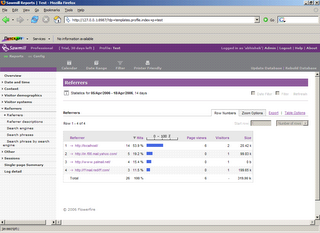Top 5 Tips to avoid getting Phished
A number of technical solutions are currently being researched and explored to combat Phishing. Still user awareness remains a top priority, as even with technical controls Phishing will thrive if users are not alert and aware of the threats. So thought I will just list down a few tips which I feel are very important for any user to know and follow to avoid getting Phished. Here are the rules to be followed,
- Do not respond to emails received on behalf of any bank or any other oragnization with which you do online transactions. Read them if you want to but never click on any of the links on emails or submit information in forms imbedded within emails. To carry out any transaction always logon to the website directly by typing the complete URL in a browser.
- Since phone phishing is also on rise, always be alert while revealing information over phone. It is better if you do not entertain any calls made to you asking for personal information; instead for all queries or services you should directly call up the organization on a known valid contact number.
- Always keep the operating system and web browser of your system updated with all security patches. Microsoft Windows provides the automatic update feature which is quite efficient and should be enabled. Otherwise visit http://windowsupdate.microsoft.com/ to manually update security patches.
- Use a good Anti-Phishing browser toolbar. Netcraft toolbar is my favorite and you can download it free from http://toolbar.netcraft.com/. You can see a review of a few toolbars here.
- Also use a good Anti-Virus and Anti-Spyware software. Configure it for automatic updates and check the update status periodically. And yes, use a licensed copy; it does not cost much for home users.




